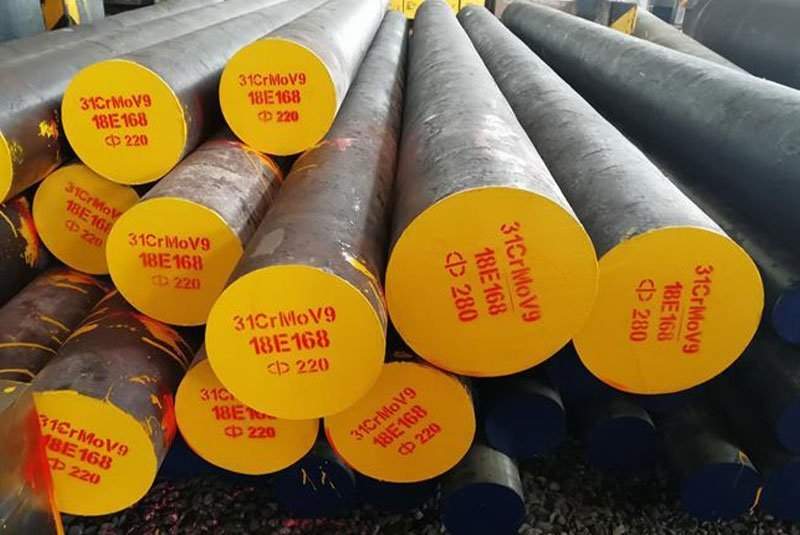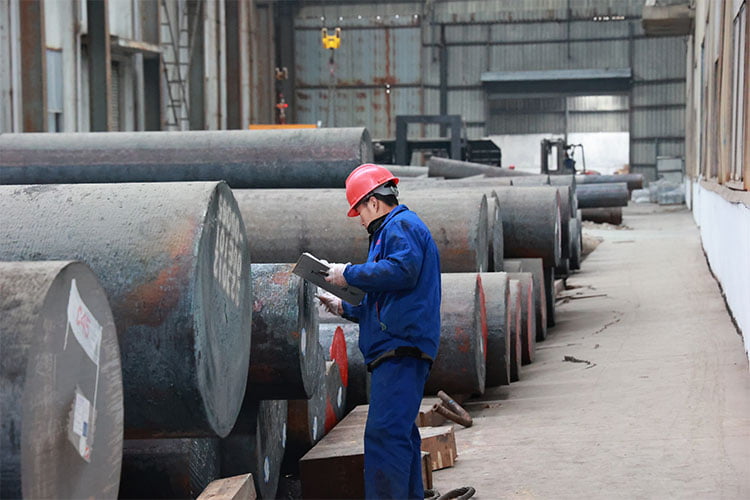Introduction

Steel alloys have become a cornerstone in modern construction, providing unparalleled strength, durability, and versatility. As the backbone of infrastructure and architecture, steel alloys are essential for building structures that can withstand the test of time and environmental challenges. This blog post explores the various types of steel alloys used in construction, their unique properties, and how they enhance the performance and longevity of buildings and infrastructure.
Understanding Steel Alloys
Steel alloys are combinations of iron with various elements such as carbon, manganese, chromium, nickel, and vanadium, which are added to achieve desired mechanical and chemical properties. The specific composition of an alloy determines its suitability for different applications in construction. Here’s a look at some common steel alloys and their compositions:
| Steel Alloy | Key Elements | Properties |
|---|---|---|
| Carbon Steel | Iron, Carbon | High strength, ductility, weldability |
| Stainless Steel | Iron, Chromium, Nickel | Corrosion resistance, high tensile strength |
| Tool Steel | Iron, Carbon, Tungsten, Molybdenum | Hardness, wear resistance |
| Alloy Steel | Iron, Carbon, Manganese, Silicon, Nickel, Chromium | Enhanced toughness, strength, resistance to wear |
Benefits of Steel Alloys in Construction
Superior Strength and Durability
One of the primary benefits of using steel alloys in construction is their superior strength and durability. Steel alloys can withstand heavy loads, high stress, and extreme weather conditions, making them ideal for constructing skyscrapers, bridges, and industrial buildings. The enhanced strength of steel alloys ensures the structural integrity of buildings over long periods.
Corrosion Resistance
Certain steel alloys, such as stainless steel, offer excellent resistance to corrosion. This property is crucial for structures exposed to harsh environments, such as coastal areas or industrial settings with high humidity and chemical exposure. The corrosion resistance of steel alloys extends the lifespan of structures and reduces maintenance costs.
Versatility and Adaptability
Steel alloys are incredibly versatile and can be fabricated into various shapes and sizes, allowing architects and engineers to design complex structures. The adaptability of steel alloys makes them suitable for a wide range of applications, from residential buildings to large-scale infrastructure projects.
Cost-Effectiveness
While the initial cost of steel alloys may be higher than some other construction materials, their long-term benefits, such as reduced maintenance and extended lifespan, make them a cost-effective choice. The durability and strength of steel alloys minimize the need for repairs and replacements, leading to significant savings over time.
Applications of Steel Alloys in Construction
Steel alloys are used in various aspects of construction, each tailored to meet specific requirements. Here are some common applications:
Structural Components
Steel alloys are widely used in constructing beams, columns, and trusses that form the skeleton of buildings and bridges. The high strength-to-weight ratio of steel alloys allows for the creation of strong and stable structures without excessive weight.
Reinforcement
In reinforced concrete structures, steel alloys are used as rebar to provide additional tensile strength. The combination of concrete’s compressive strength and steel’s tensile strength results in a highly resilient material capable of withstanding significant stress.
Cladding and Roofing
Stainless steel alloys are often used for cladding and roofing materials due to their corrosion resistance and aesthetic appeal. These materials protect buildings from environmental elements and contribute to their energy efficiency.
Infrastructure
Steel alloys play a critical role in constructing infrastructure such as bridges, tunnels, and railways. The durability and load-bearing capacity of steel alloys ensure the safety and reliability of these essential structures.
Enhancing Performance with Steel Alloys
Innovations in Alloy Composition
Advancements in metallurgy have led to the development of new steel alloys with enhanced properties. For example, high-performance alloy steels with improved toughness and wear resistance are now available, providing better performance in demanding applications.
Sustainable Construction Practices
Using steel alloys in construction aligns with sustainable practices. Steel is highly recyclable, and the use of recycled steel in construction reduces the demand for raw materials and minimizes environmental impact. Additionally, modern production techniques have reduced the carbon footprint of steel manufacturing.
Fire Resistance
Steel alloys can be treated to enhance their fire resistance, making them suitable for constructing fire-resistant buildings. Fire-resistant steel alloys provide additional safety and protection, particularly in high-rise buildings and industrial facilities.
Case Studies: Steel Alloys in Iconic Structures

| Structure | Steel Alloy Used | Notable Features |
|---|---|---|
| Burj Khalifa | High-Strength Alloy Steel | Tallest building in the world, exceptional load-bearing capacity |
| Golden Gate Bridge | Carbon Steel | Iconic suspension bridge, high tensile strength |
| One World Trade Center | Stainless Steel | Corrosion resistance, modern architectural design |
| Sydney Harbour Bridge | Carbon Steel | Large-scale arch bridge, durability and strength |
Conclusion
Steel alloys have revolutionized the construction industry by providing materials that combine strength, durability, and versatility. From towering skyscrapers to resilient bridges, steel alloys ensure that structures can withstand the challenges of time and environment. As innovations in steel alloy technology continue, the potential for creating even more robust and sustainable buildings grows. By incorporating steel alloys into construction practices, we can build a future that is not only structurally sound but also environmentally responsible.
FAQ
Q: What are the main differences between carbon steel and stainless steel alloys?
A: Carbon steel primarily consists of iron and carbon, providing high strength and ductility. Stainless steel, on the other hand, includes chromium and nickel, which offer excellent corrosion resistance and high tensile strength. Stainless steel is often used in environments where resistance to rust and corrosion is crucial.
Q: How does the recyclability of steel alloys contribute to sustainable construction?
A: Steel alloys are highly recyclable, and using recycled steel in construction reduces the need for raw materials, lowers energy consumption in production, and minimizes environmental impact. This makes steel alloys an eco-friendly choice for sustainable construction projects.
Q: Can steel alloys be used in residential construction?
A: Yes, steel alloys are increasingly being used in residential construction for framing, roofing, and cladding due to their strength, durability, and aesthetic appeal. They provide a modern look while ensuring the structural integrity and longevity of homes.
Q: What advancements in steel alloy technology are expected to impact construction in the future?
A: Future advancements in steel alloy technology are likely to focus on enhancing properties such as strength, durability, corrosion resistance, and sustainability. Innovations like high-performance alloys, nano-engineered steels, and improved fire-resistant materials will continue to push the boundaries of construction capabilities.
Q: How do steel alloys improve the safety of buildings and infrastructure?
A: Steel alloys improve the safety of buildings and infrastructure by providing high strength, durability, and resistance to environmental factors. Their use in structural components ensures stability and reduces the risk of failure under load. Additionally, fire-resistant and corrosion-resistant properties enhance overall safety and longevity.
